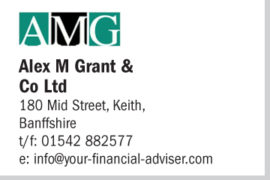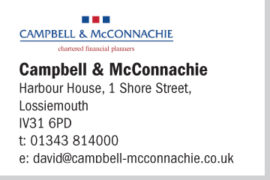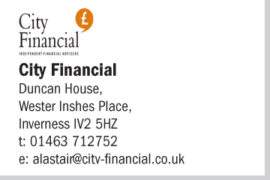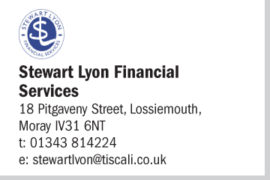There has never been a more prominent time to get to grips with inflation. Not sure of the ins and outs? Ross Smith from Money Matters is here to explain…
Over the years of giving advice, I have often been surprised by the lack of understanding around inflation and the impact it has on assets and liabilities.
Given the recent price increases we are seeing in a range of items, I thought this would be helpful to review this for you.
What is inflation?
The economic meaning of inflation is “a general increase in the prices of goods and services resulting in a reduction in the purchasing value of money.”
The rise in the general level of prices basically means that you can buy less of a particular good or service with the same amount of money that you could previously.
Think about house prices, groceries, haircuts, gym memberships, alcoholic beverages, coffees, cars, chocolate bars, timber/building materials and even your own wages/salary to name a few.
The list of items inflation applies to is everywhere around us. Now admittedly some of the increases on the items mentioned above are not just purely down to inflation, but inflation can definitely be attributed to some of the additional costs we are seeing in our day to day lives.
How do we measure inflation?
In the UK we tend to refer to Retail Price Index (RPI) or Consumer Price Index (CPI) when considering inflation and there are many other different formulas, however for the purpose of this article, we will keep it generic.
Inflation is often viewed as a hidden or stealth tax. It can creep up on us over time and eat away at our returns on our savings or indeed our wages. A simple example is the cash you may hold on deposit.
If you are getting a return on your savings that is lower than the rate of inflation, the value of your savings has gone down in real terms as they would not be able buy as much as they would have the previous year.
If we then consider the impact on your salary/income or pension. If you don’t receive an annual pay rise or receive a pay rise below the current rate of inflation, in real terms you are actually taking a pay cut. It might be time to speak to your employer about that previously promised pay rise.
Why is inflation a concern at present?
An increase in the supply of money is the root cause of inflation. Globally, Central Banks are printing or artificially creating trillions of additional Pounds, Euros, Dollars, Yen etc to help fight the pandemic and also to fund various projects or to service their debts.
This unprecedented amount of money supply is distorting asset prices as it is literally pumped into our economies to support the entire system. Generally speaking, inflation is seen as a positive as long as it is under control and is not excessive. Currently the government requires the Bank of England to implement policies and interest rates that seek to maintain inflation at 2%.
Previously the best way for the bank to control inflation was to increase interest rates and reduce the money in circulation. Unfortunately, due to how fragile the economy is, it is unlikely that we will see interest rates increase significantly, which is why I think higher inflation may continue well into 2022.
Central banks are claiming the inflation spike we are experiencing is temporary but there are signs that this may not be the case and prices may remain elevated for some time as we continue to fight the pandemic.
We are seeing global supply chains break down which can then result in extreme price increases which in turn eventually have to be absorbed by the consumer. So, if inflation is running at 6%, your 1% interest in the bank or your 2% pay rise suddenly takes on a different complexion and definitely not in your favour.
What can I personally do to combat this?
If you’re currently in debt, inflation is your friend as the debt or loan is actually worth less than when you took it out.
For savers and investors though, you need to invest in assets which are going to keep pace or grow faster than the published annual rate of inflation.
Easier said than done in the current environment as there are risks and costs associated with making investments but assets such as shares, commodities, precious metals or property may provide an above inflation return.
As is often the case with these articles this is a very basic introduction to what is actually a more complex issue and will affect everyone differently depending on their financial situation and the assets or liabilities they have.
Higher inflation may prove to be transitory, or we could even experience deflation or stagflation which would arguably be even worse.
If you feel you need more information, my advice is to contact your Independent Financial Adviser to schedule a review of your individual requirements and structure your savings and investments accordingly.
*For the purposes of this forum, I have assumed some simplified examples/definitions of inflation
Seek professional advice from your local Independent Financial Adviser.
Click to visit their website:
Next month’s topic is on Life Planning/Goals






